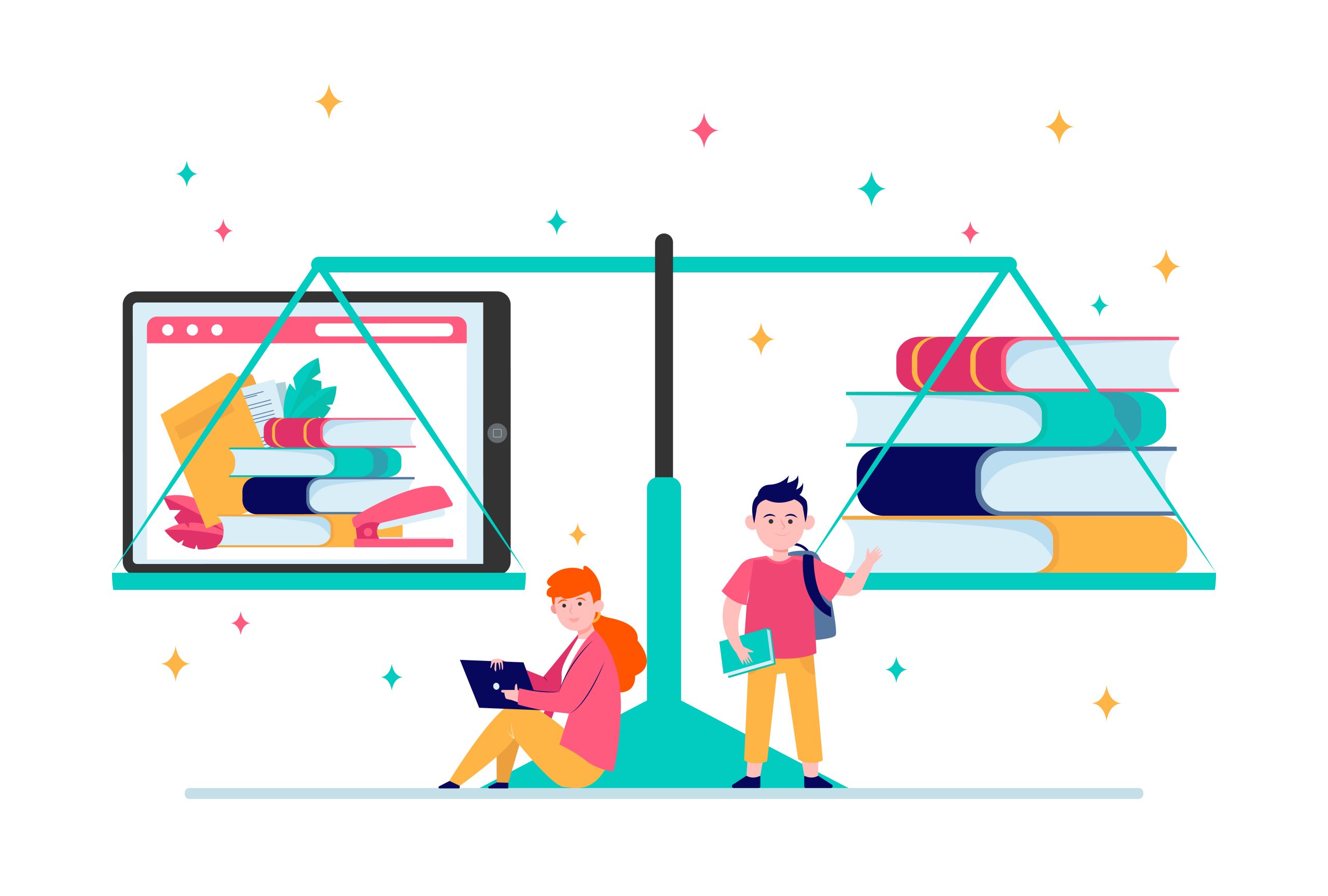Offline Learning: The Traditional Classroom

The landscape of education has undergone a profound transformation in recent years, with the rise of e-learning platforms and the increasing availability of digital resources. While traditional offline learning has been the cornerstone of education for centuries, e-learning offers a modern alternative that brings its own set of advantages and challenges. In this blog post, we’ll explore the differences between offline learning and e-learning, shedding light on their respective strengths and limitations.
Offline Learning: The Traditional Classroom
Offline learning, often referred to as traditional or classroom-based learning, involves in-person instruction in a physical classroom setting. This centuries-old approach to education has been the primary means of knowledge dissemination for generations. Here are some key characteristics:
1. Face-to-face interaction: Offline learning allows for direct, real-time interaction between teachers and students. This facilitates immediate clarification of doubts, discussions, and personalized guidance.
2. Structured Environment: The traditional classroom provides a structured environment with set schedules, regular assessments, and face-to-face social interactions among students.
3. Hands-On Learning: Certain subjects, like laboratory-based sciences or vocational training, often require physical resources and hands-on experience that are readily available in offline settings.
4. Limited Flexibility: Offline learning typically adheres to fixed schedules and locations, offering limited flexibility for students who require adaptable learning options.
E-Learning: The Digital Revolution
E-learning, or electronic learning, represents a digital shift in education. It leverages technology to deliver educational content and resources through online platforms. Here are some defining characteristics of e-learning:
1. Flexibility and Accessibility: E-learning offers flexibility in terms of when and where learning can take place. Students can access course materials from anywhere with an internet connection.
2. Diverse Learning Formats: E-learning caters to various learning styles with multimedia content, interactive quizzes, video lectures, and discussion forums. It encourages self-paced learning.
3. Cost-Efficiency: E-learning often eliminates the need for physical resources and reduces overhead costs associated with traditional classrooms.
4. Global Reach: E-learning transcends geographical boundaries, allowing students to access courses and expertise from around the world.
5. Adaptive Learning: Some e-learning platforms employ adaptive algorithms to personalize the learning experience, tailoring content to individual student needs.
The Blended Approach: Bridging the Gap
Recognizing the strengths of both offline learning and e-learning, many educational institutions now embrace a blended learning approach. This hybrid model combines in-person classroom instruction with online resources. It capitalizes on the benefits of face-to-face interaction while harnessing the flexibility and accessibility of e-learning.
Navigating the Education Landscape
The choice between offline learning and e-learning depends on various factors, including individual learning preferences, subject matter, and logistical considerations. While offline learning offers the richness of face-to-face interactions and hands-on experiences, e-learning provides flexibility, accessibility, and a wealth of digital resources.
As education continues to evolve, it’s essential to recognize that both offline and e-learning have their place in the educational landscape. By understanding their unique strengths and limitations, educators and learners can make informed choices that best suit their needs and objectives. Ultimately, it’s not a question of choosing one over the other but of leveraging the right approach at the right time to create a rich and effective learning experience.
